You are in for a treat with these. I grew so many different types of Lobelia this year. When it comes to the cardinal flowers, you have a choice of the standard red variety, a pink-white flowering variety and a white flowering variety. I also grew var. atropupurea, though don’t be scared off by the mention of purple leaves. These aren’t dark like ‘Black Truffle’ which I do have in my own garden. They’re green leaves, but a little bit darker than the standard, and new growth tends to be a bit more reddish.
They SHOULD be as stated, but remember, flower color can still vary in seed-grown plants. They will have the genetics to reproduce and re-seed in the other colors if that’s the one you picked. Since I’m not keeping my flower colors separate in the garden, next year or two it’ll just be a chance of any mix of colors.
The main photo for this product is a watercolor sketch I made of the wild ones on my property back in 2022. Quick, as that was as long as I could tolerate being devoured by mosquitos. If you want to see photos of the actual plants, select each product variation as if you’re making a purchase, which shows a photo for each variation.
July 2025: I am currently selling these as plugs while I get caught up on all the other plants that need my attention in the nursery. They are ready to go in the ground. I grew them from seed, and I use plug flats to get from the seedling communal pot to something ready for a bigger container. That being said, these are landscape plugs, you can plant them in the ground as is.
Find cardinal flower in the wild
Believe it or not, until recently, I had cardinal flowers growing in the vernal wetland on my property. I don’t know if it’s because of my neighbor clear-cutting everything in 2023 or the 2024 drought, but I do not see them this year. They should be in the seed bank. I have also seen them blooming in the Penllyn Natural Area section of the Green Ribbon Trail. The red, pink-white and white flowered varieties are all local ecotype (red includes some seeds from my own). Var. atropurpurea I obtained from a seed source a few states south. In any case, not only are these native, they’re not that uncommon in the wild, even in areas that are overrun with invasive plants.
Cardinal flower is a brilliant scarlet-colored native wildflower that grows in marshes, stream banks and low woods. (Source)
Worth noting, there are two different sizes I listed for maximum height. In gardens, I rarely see them reach taller than 3ft, especially if they aren’t competing with other plants. In the wild, like in the “boggy part of my yard” they can easily reach 4-5 ft. There they grow among other facultative wetland species that are equal in height if not taller. I am currently testing my theory to see if growing them surrounded by taller species can force them to grow taller.
Grow cardinal flower in your garden
Plant the commonly grown perennial species – L. cardinalis, L. siphilitica, and related hybrids – in light to partial shade and rich, constantly moist soil. With consistent soil moisture they tolerate full sun in areas with cool summers. For best results, plant them in marshy spots or along streams or ponds. Plants are short lived, but they self-sow where happy. (Taylor’s Encyclopedia of Garden Plants, p. 244)
If you don’t have consistent moisture, it’s important to ensure their roots remain cool. Plant them in part sun to light shade. They will still bloom (as they do in the Penllyn Natural Area I mentioned earlier).
I have found that as long as your bed is well mulched to reduce evaporation, they’re fine. If your soil needs to be amended, opt for leaf mold (something you can make yourself).
The most important part, that many gardeners forget, is this plant has an evergreen rosette. When you’re leaving the leaves, protect the rosette from being covered by leaves. You can use the dollar store wire mesh baskets, pinning it down with lawn staples, before leaves begin to drop. This will also protect it from herbivory. While deer tend to avoid this plant, they may browse young foliage, and I have seen them eat young flowering stems. I’d like to think that when they do, the deer get a stomachache. Actually that could also be why I didn’t see cardinal flowers this year. I’m not willing to deal with stickseed right now to look for rosettes, but I may check later.
Because these plants are primarily pollinated by hummingbirds (whereas the blue lobelias are pollinated by bees), you will find this in my MagiK Picks category, Humdingers for Hummers.
Judgy Judy says…
What?? This is native? But how can one of our native plants win the RHS Award of Garden Merit? I don’t believe you! That’s true, there are actually quite a few US native plants on the RHS Award of Garden Merit list. Cardinal flower was first introduced to Europe in the 1600s, and it’s been a favorite ever since. They even use them as cut flowers in restaurants. Of course, the one listed on the awards is a dark purple-leafed cultivar, but they love all cardinal flowers (even if they seem to love the South African one more… grumble). It’s on page 73 of the pdf, to save you from scrolling.
The point is, this is one very showy flower that leaves one questioning, how can this possibly be a wild, native plant? It looks like it belongs in the most formal of gardens. Which is why, when you do find them in the wild, it’s such a treat. As a side note, the Europeans really do love our native plants, and have for far longer than they’ve been appreciated stateside. Probably because they’re exotic. Flowers always bloom brighter on the other side, right? It does make you wonder…
The early French Canadians were so struck with its beauty that they sent the plant to France as a specimen of what the wilds of the New World could yield. Perhaps at that time it received its English name which likens it to the gorgeously attired dignitaries of the Roman Church. – Mrs. William Starr Dana aka Frances Theodora Parsons, How To Know the Wild Flowers, p. 223
Yes, you’re safe from the HOA police with this one. A full bed of all the different colors may even help you get the garden of the month award in your neighborhood.

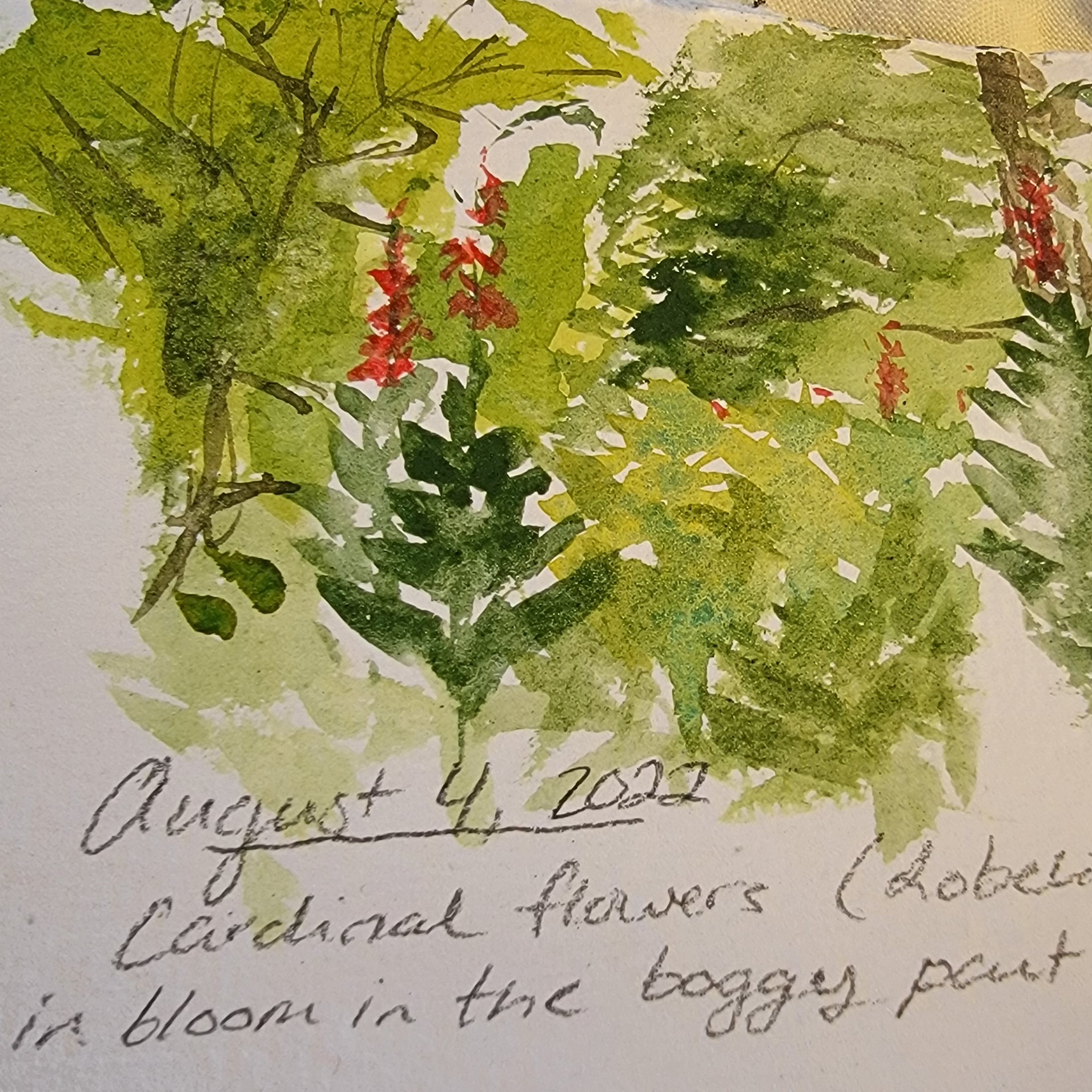
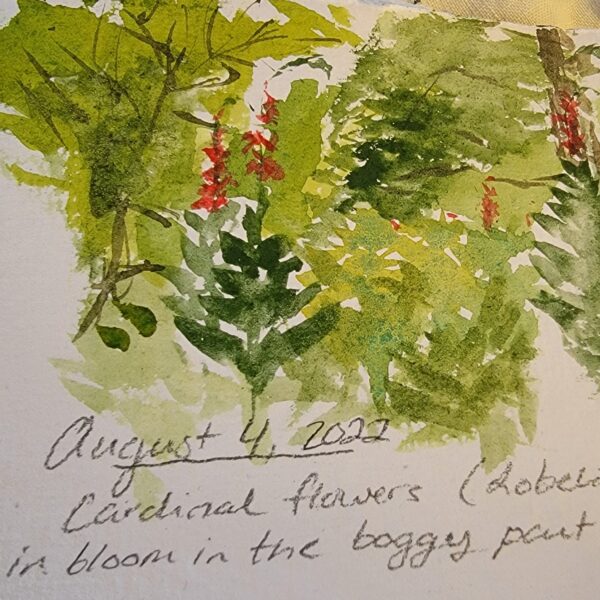

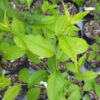


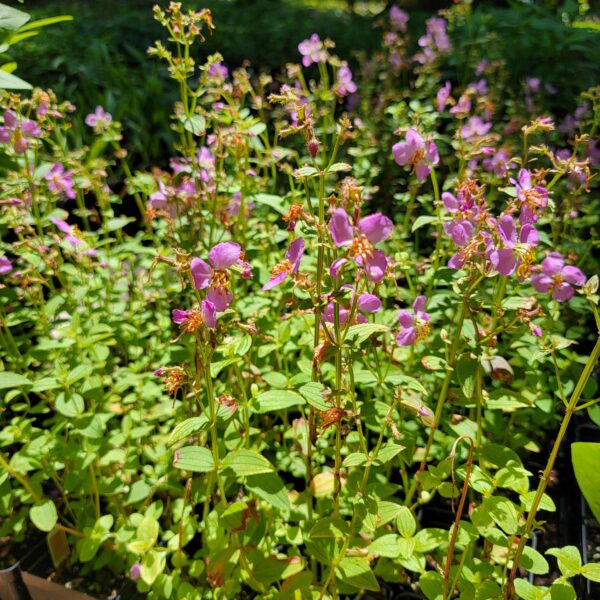

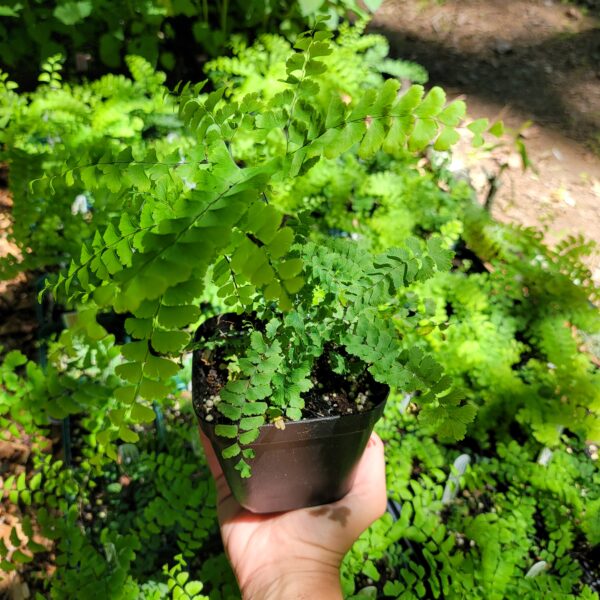



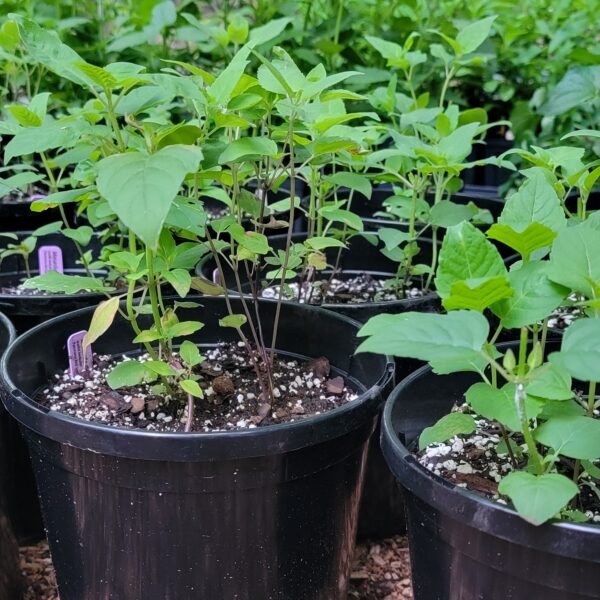
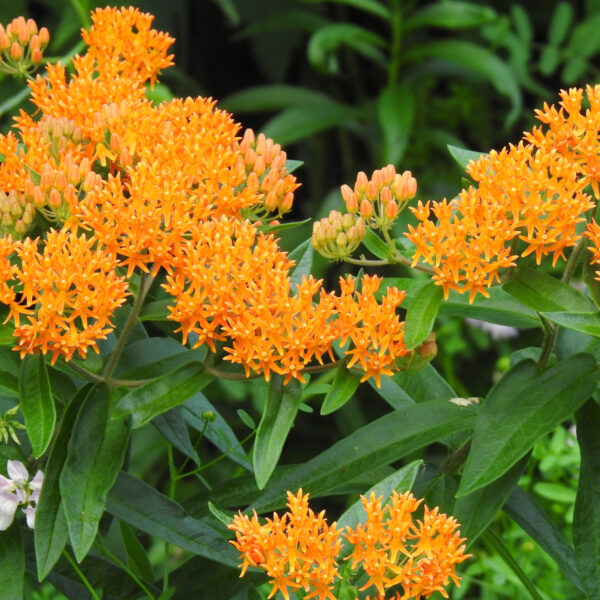


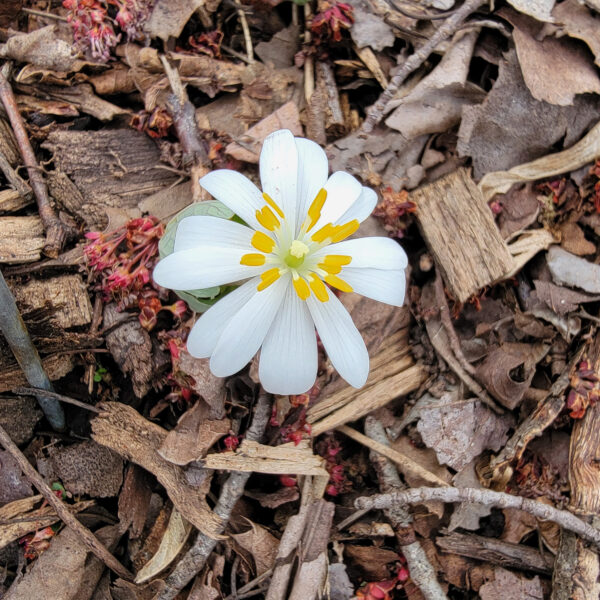
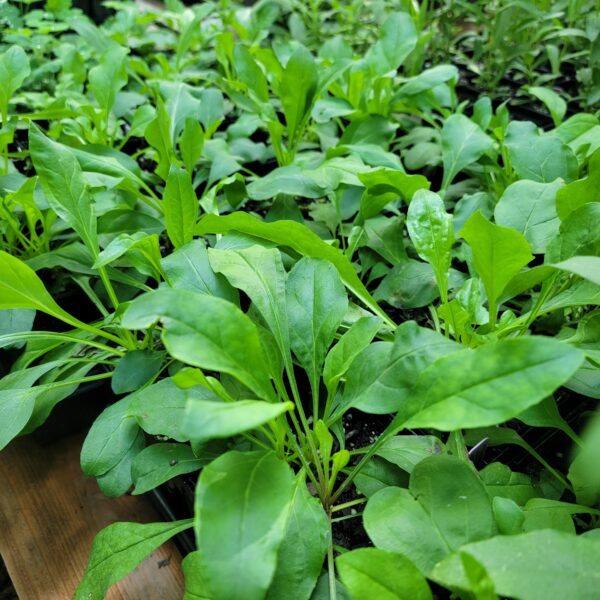

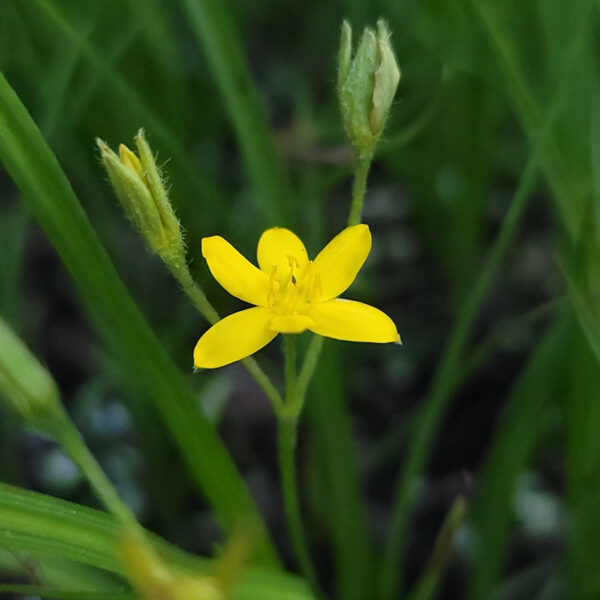

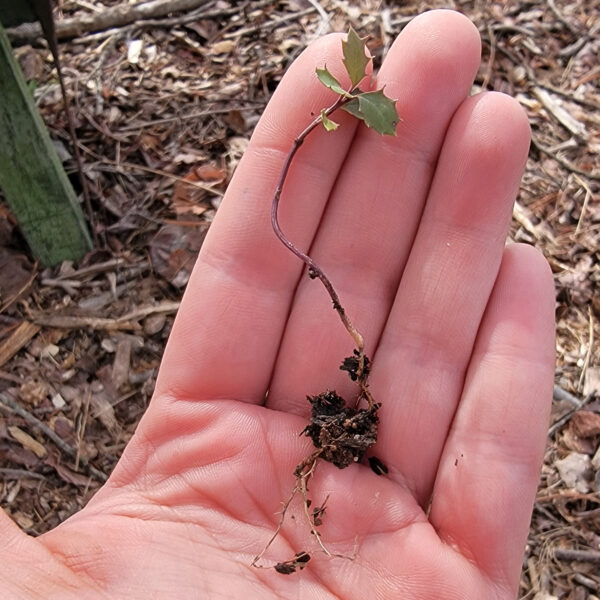
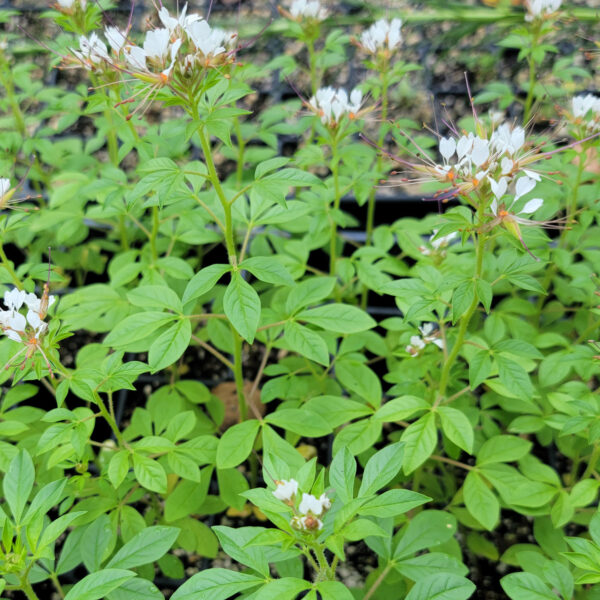
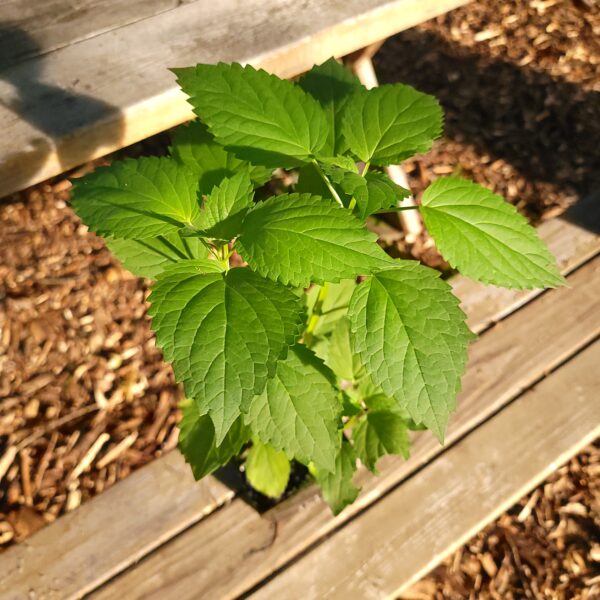
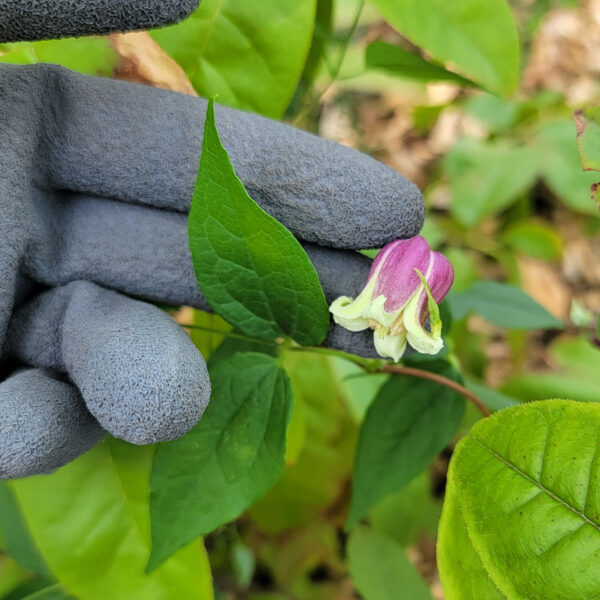
Reviews
There are no reviews yet.